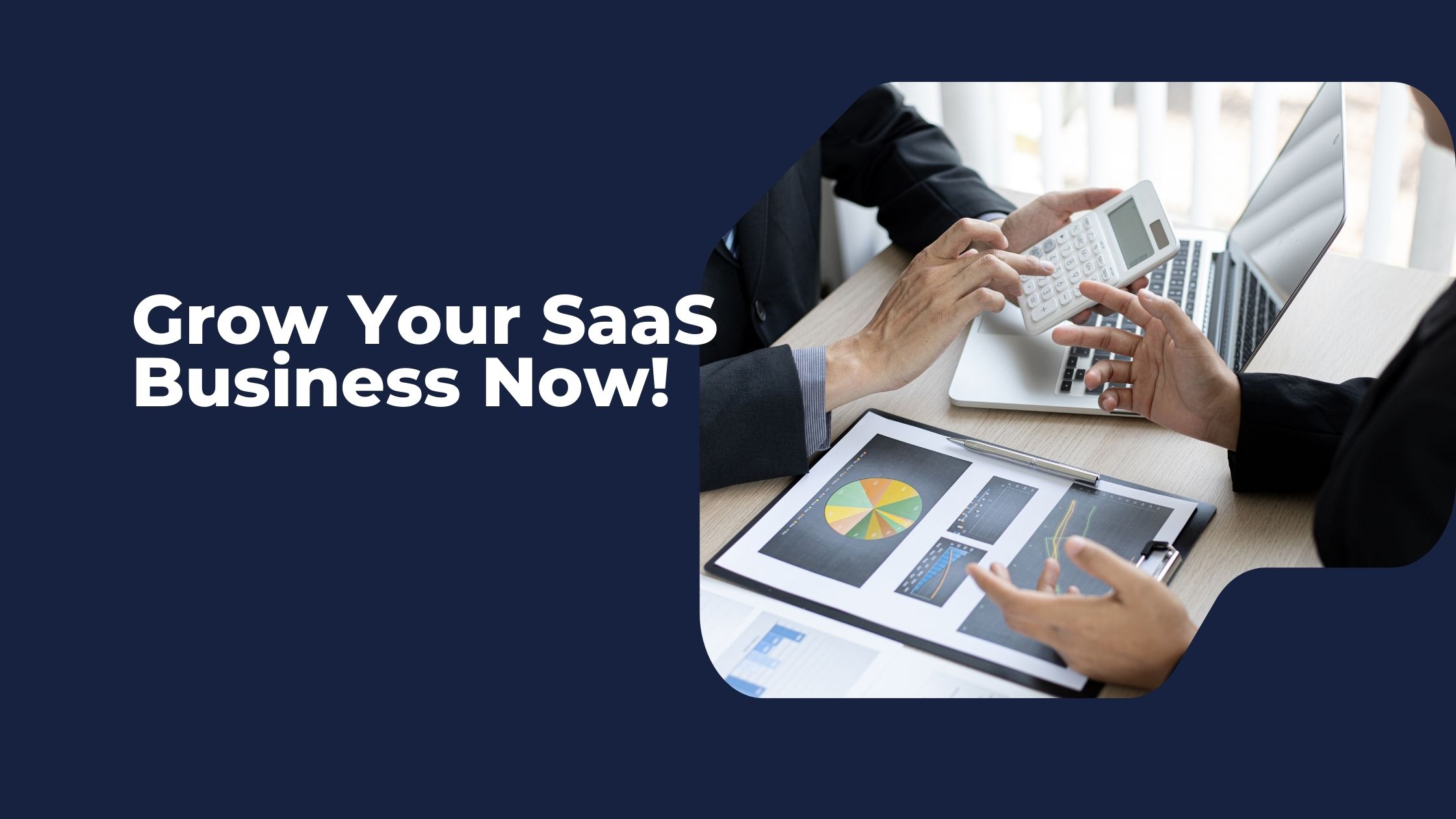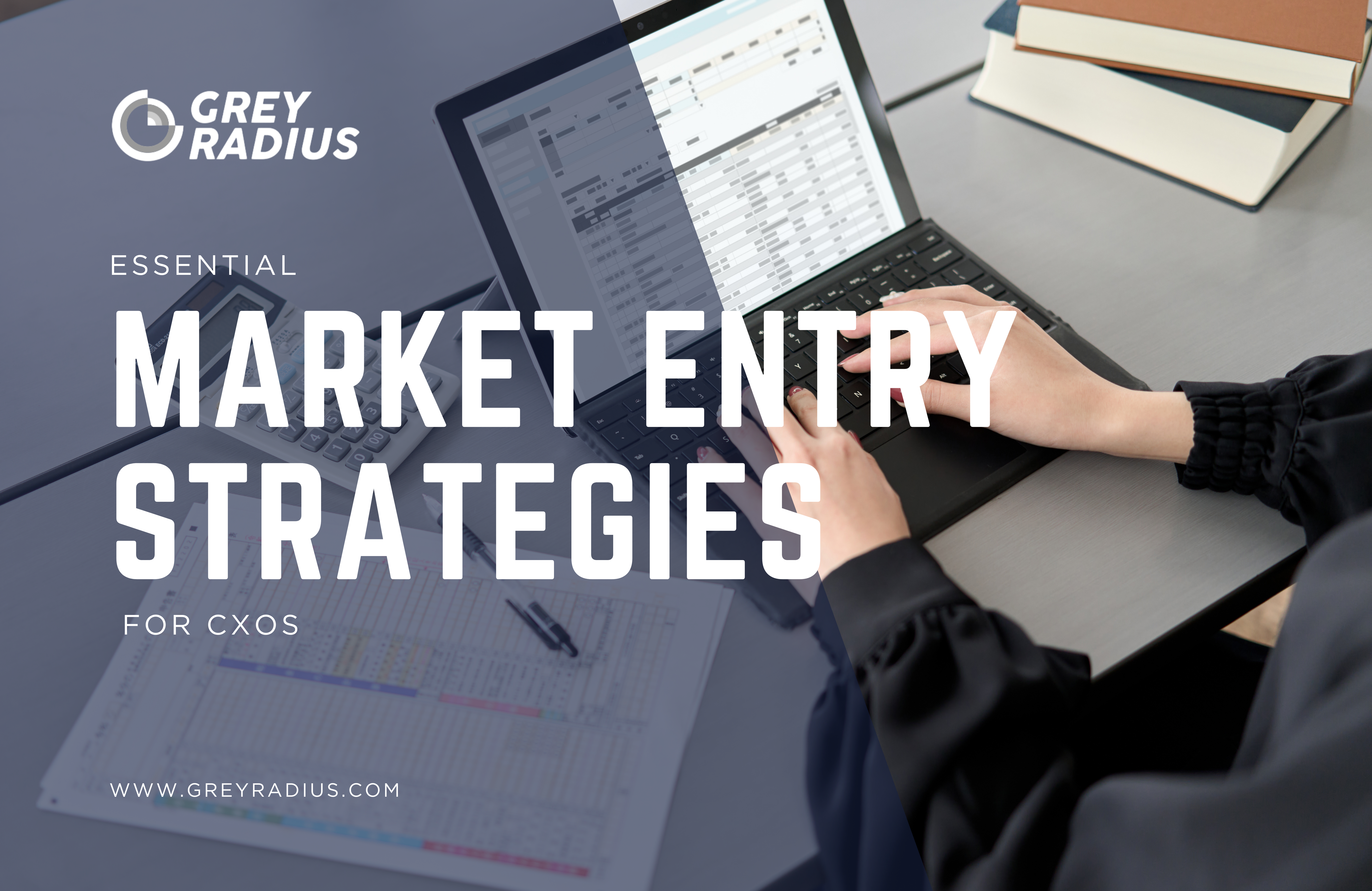Learn how SaaS companies may create a successful market entry plan that will help them develop, get new clients, and compete in global marketplaces.
The global SaaS market is on track to surpass USD 300B in the coming years. Opportunity is massive—but expansion is challenging. Many teams underestimate localization, compliance, pricing, and channel dynamics, leading to failed launches and wasted spending. A well-planned way to enter a market lowers risk, makes it easier for people to use your product, and sets the stage for long-term success.
Why Market Entry for SaaS is Unique
SaaS runs on recurring revenue—retention matters more than the first sale. Switching costs are high (data migration, workflow change, and integrations), and enterprise buying now includes security & compliance reviews (e.g., SOC 2, ISO 27001, GDPR, and HIPAA where relevant).
In other words, market entry isn’t just marketing—it’s trust creation. Teams that show readiness on security, data privacy, and SLAs speed procurement and lower churn risk.
Market Sizing & Selection
A careful selection method keeps you from spending too much in areas that don't fit.
Step 1- Find out how big the market is: Begin with the Total Addressable Market (TAM), then move on to the Serviceable Market (SAM), and finally the First-Win Wedge (SOM).
For example, a worldwide HR SaaS might have a total addressable market (TAM) of USD 100 billion, a mid-market serviceable addressable market (SAM) of USD 3 billion, and an entry serviceable addressable market (SOM) of USD 100 million.
Step 2-Score markets (Attractiveness × Right-to-Win): Some things that make something attractive include its ICP density, ARPU potential, regulatory load, payment rails, and language. Right-to-Win refers to how well the product fits into the market, its compatibility with other products, the strength of references and logos, the quality of current partnerships, and its brand equity in that specific area.
Quick signs from the region:
US and Canada: High ICP density, high CAC, and low payment friction.
EU/UK: The mid-market and entrepreneurship are appealing, but VAT and invoicing make things harder.
India/SEA: Lower CAC, high growth; payments and foreign exchange make things harder (UPI/GCash).
LATAM: Growth with more difficult operations (PIX in Brazil; complicated taxes).
Africa: Emerging; mobile money is widespread; bets are typically phased or driven by partners.
Positioning & Messaging
Positioning is your moat in crowded SaaS marketplaces. It's not enough to merely list features; you also need to show how your value offer stacks up against customer anxieties and competition.
Trust is more important than whether your SaaS is compliant and functional. Compliance assurance means your SaaS can do what it needs to and follows local laws.
-Data safety: SOC 2, ISO 27001, GDPR, HIPAA.
-Regulatory alignment: LGPD (Brazil), DPDP (India), POPIA (South Africa).
-Lower procurement friction: Fewer legal redlines, faster security sign-offs.
-Future-proofing: Prepared for upcoming laws like the EU AI Act.
Go-To-Market Motion & Channel Strategy
One of the main reasons SaaS market entrants fail is because they choose the improper GTM motion. We suggest that you align motion with the following factors:.
IPLG ->(Product-Led Growth, Freemium/Self-Serve): Buyers like quick, easy, and low-friction onboarding. They don't want sales cycles that last a long time; they want to try before they buy.
Mid-Market -> Hybrid (Self-Serve + Inside Sales): They usually start with self-service but run into problems immediately. To grow, they need both easy access and help from people.
Enterprise → SLG (Sales-Led Growth, Field Sales): This includes the CIO, CFO, Legal, and Security committees. These buyers need to be able to trust, follow the rules, ensure everything works together, and negotiate.
Pricing and packaging for long-term growth
Pricing is a strategic tool that shows value and helps make money. We can distinguish three main SaaS models:
-Collaboration SaaS Based on Seats: It expands as usage increases, but if licenses remain unused, it may lose customers. Best practice: give customers different levels of bundles and upsells for power users.
-Usage-Based (APIs, Infra SaaS): This variant is in line with customer value, but it can cause "bill shock." Using calculators, usage floors, and clear dashboards is the best way to do things.
-Hybrid (Base + Usage): Balances steady income with room for growth. Best practice: set a base price and then add usage limits.
Measurement & Operating Cadence
A SaaS entry strategy can only work if you use the correct leading and lagging indicators to monitor performance. This is what it looks like in real life:
-PQL → SQL Conversion ≥25%: This makes sure that those who are interested in your product become leads. PQLs show that people are really using the product (for example, users reaching activation milestones). If less than one in four PQLs turns into an SQL, it means one of the following:The stuff isn't sticky enough. Sales is getting in touch too late (or not at all).
-Win Rate (SMB ≥20%, Enterprise ≥30%): The percentage of eligible opportunities that actually close. Win rate tells you if GTM messaging, price, and sales enablement are in line with what customers want.
-Average Selling Price (ASP): The average value of a closed deal's contract. ASP is what makes both CAC payback and sales motion possible. If ASP is too low for business deals, SLG motions will use up money.
-Gross Margin (≥70%): (Revenue – COGS) ÷ Revenue. For SaaS, COGS is the cost of hosting, support, and onboarding. A healthy SaaS company needs a gross margin of at least 70% to pay for research and development and sales.
-Net Revenue Retention (NRR ≥120% Enterprise): This is the difference between expansion and retention, minus churn. This metric illustrates the cumulative earnings of current customers. If NRR is higher than 120%, land-and-expand is working. Enterprise SaaS valuations often go up or down with NRR.
-The Rule of 40 (≥40%): The growth rate plus the EBITDA margin. This is the final test for SaaS health. If your EBITDA is -10% and your growth rate is 50%, the Rule of 40 says 40%. Investors think that 40% or more is a good level to keep.
Risks & Mitigations
Entering the global SaaS market presents hidden hazards that, if not addressed, can halt growth.
-Risk of regulations: GDPR, LGPD, DPDP. To lower the risk of regulatory problems, make sure data residency and localized compliance roadmaps are in place.
-Channel Conflict: When partners don't have the same incentives, trust dies. Make it clear who owns what and put up deal registration systems to remedy this problem.
-Platform Risk: If you depend too much on AWS Marketplace, you become dependent. Spread out your risk by using more than one cloud and VAR channel.
-FX and currency risk: Markets that are still developing are not stable. To mitigate the effect, use multi-currency billing, local payment methods such as PIX, UPI, and M-Pesa, and hedging strategies.
Conclusion
You need more than just a launch plan to do well in the SaaS market. You also need to establish a growth engine that can grow with your organization.
By undertaking research, localization, GTM planning, compliance preparation, and ongoing optimization all at once, SaaS companies may minimize their risks, obtain customers faster, and gain a long-term competitive edge.
Whether you're a fledgling SaaS startup or a well-known global player, how clear your plan is will determine how successfully your growth goes.
How GreyRadius Consulting Helps

At GreyRadius Consulting, we specialize in helping SaaS and technology companies enter new markets with confidence.
From in-depth market research and competitive analysis to designing customer-centric GTM strategies, we align every step with your growth objectives.
Our expertise ensures that your SaaS company not only launches successfully but also scales sustainably by reducing risks and accelerating adoption.
Whether you are an early-stage SaaS startup or an established player exploring new geographies, GreyRadius Consulting can help you build resilient, data-driven, and future-ready market entry strategies that unlock long-term success.







